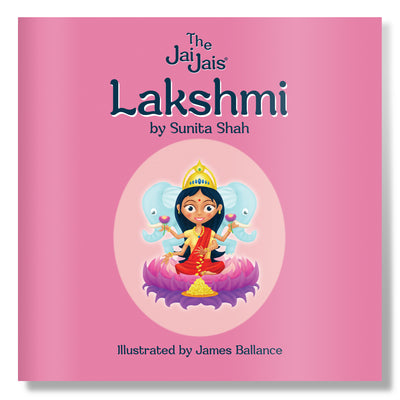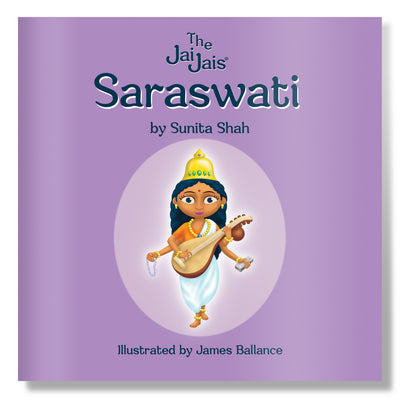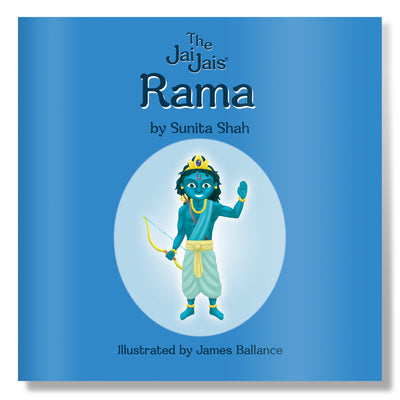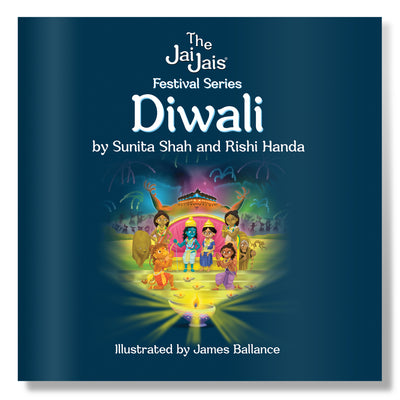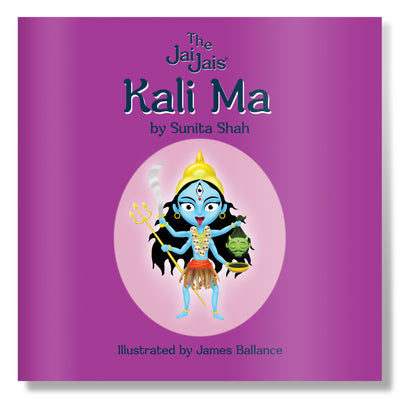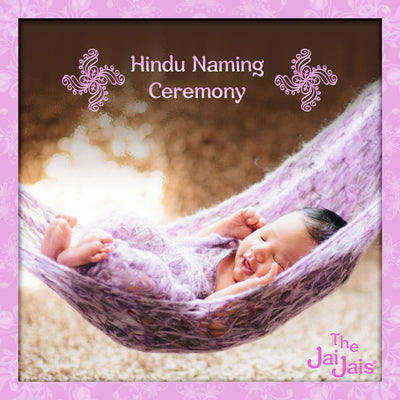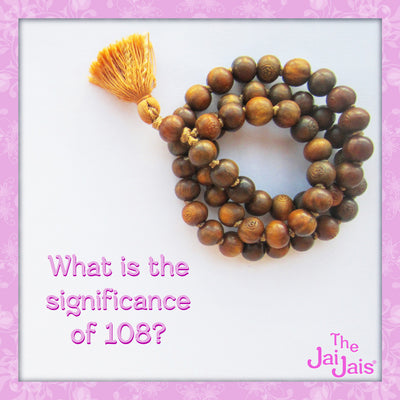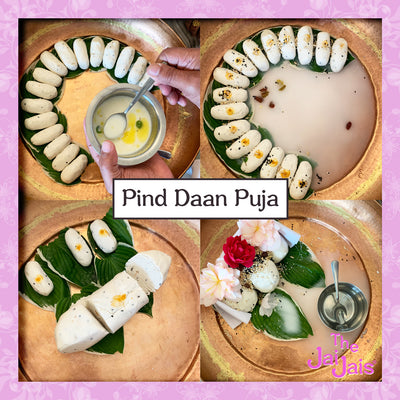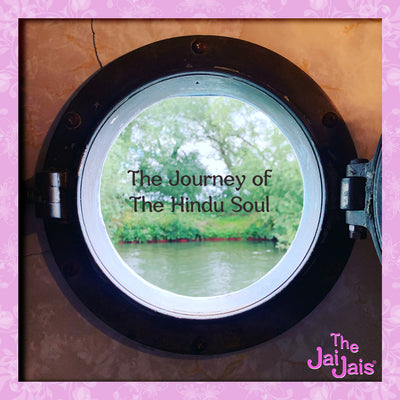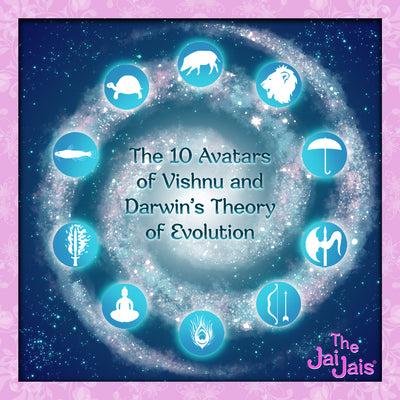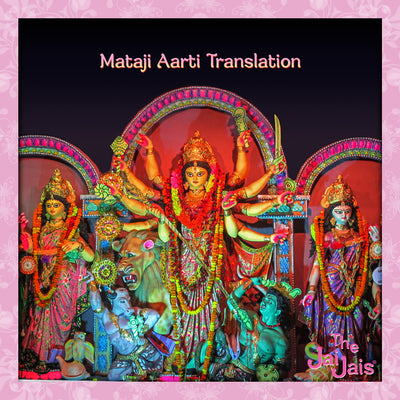The Hindu faith is centred around reincarnation; the belief that when someone dies, the soul is reborn as a different form. This can take many lifetimes. Additionally, they believe their soul’s next incarnation will depend on the actions throughout their previous life, this is also known as Karma.
These beliefs about the soul and the body form the basis for why Hindu funeral rites generally include cremation. Hindus believe that the soul is not strictly bound to one body, but will actually reside in any number of bodies, which may or may not be human before reaching the final destination of freedom, or moksha. Hindus must work toward freeing themselves from attachments and desires and living a life that will free them from the cycle in order to reach the final stage.
Hindus place little value on the body itself. They see the body as a vessel for the soul, one that generates attachments and desires that prevent forward progress towards freedom. Therefore, in Hindu funerals, the role of cremation is to sever the ties of the soul to the body that it is leaving, freeing it to move toward Moksha.
In Hinduism, each death of the body temporarily releases the soul from its earthly suffering, but soon the soul will be take a new body, where it will experience new challenges and new desires and attachments may form. The ultimate goal of each cycle of birth, death, and rebirth is to move along a continuum towards ultimate release from the cycle, but this progression may not always be moving forward. Some lives may take a soul backwards. Either way, the cycle will continue until the final stage is reached.
The only Hindus typically not cremated are babies, children, and saints, who are believed to be pure and unattached to their bodies; therefore they may be buried instead of cremated.
Historically, Hindu cremations would take place on the Ganges River, India, and the family would carry the casket to the crematorium site.
Traditionally, the Hindu mourning period ranges from 10 to 30 days. Throughout this time, families may display a picture of their loved one, adorned with a garland of flowers, somewhere in their house. On the 13th day of mourning, it’s common for the grieving family to hold a ceremony (‘preta-karma’) where they perform rituals to help release the soul of the deceased for reincarnation.
#thecycleoflifeandeath #hinducremation #karma #freedomofthesoul #hindufunerals #thejaijais

